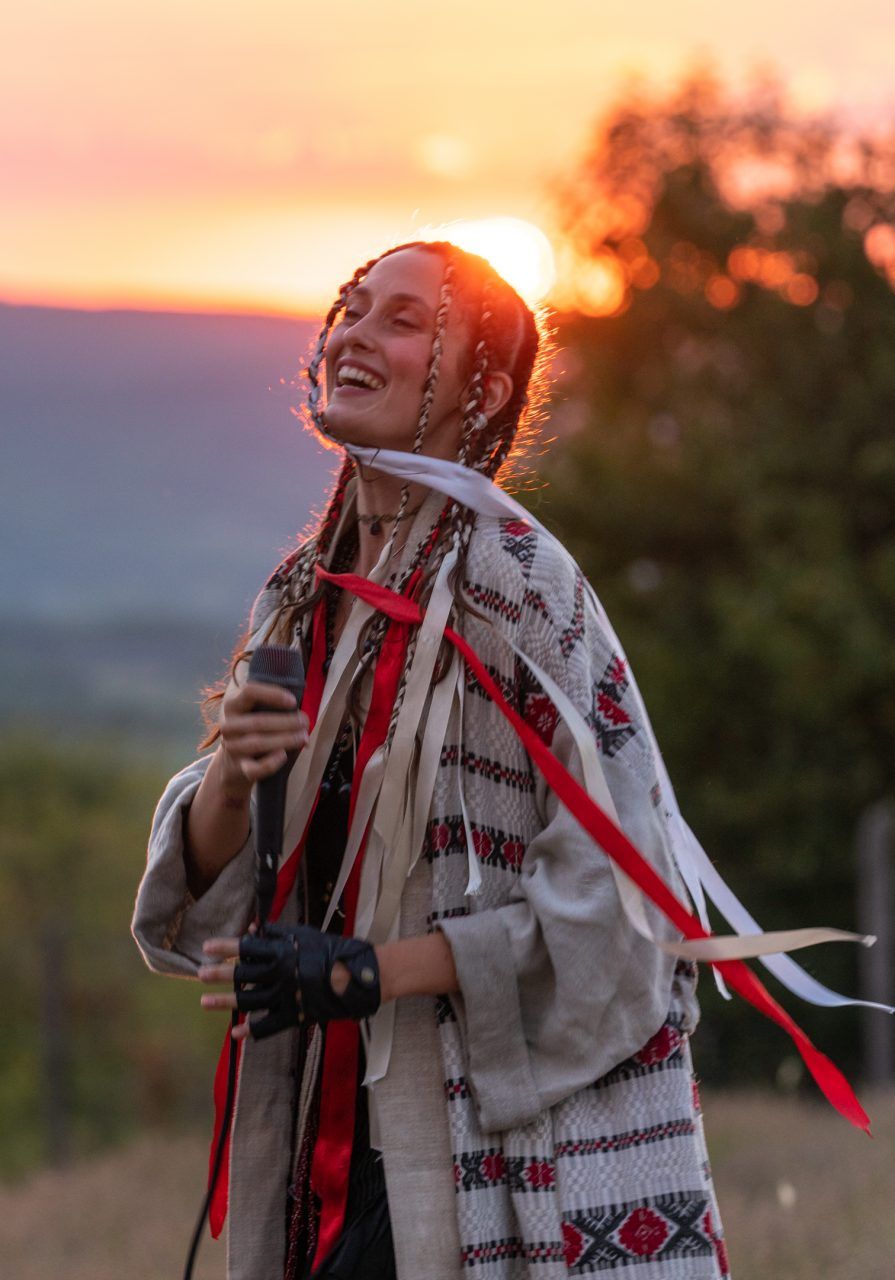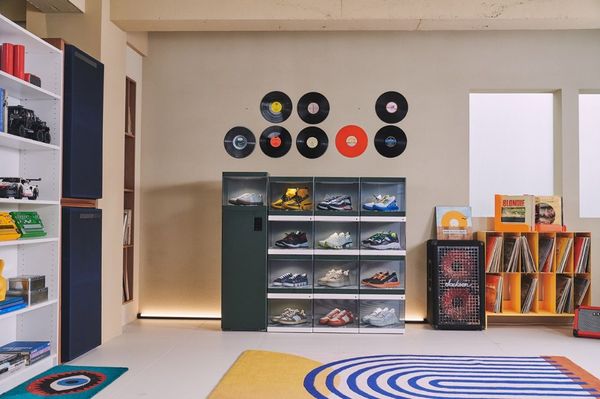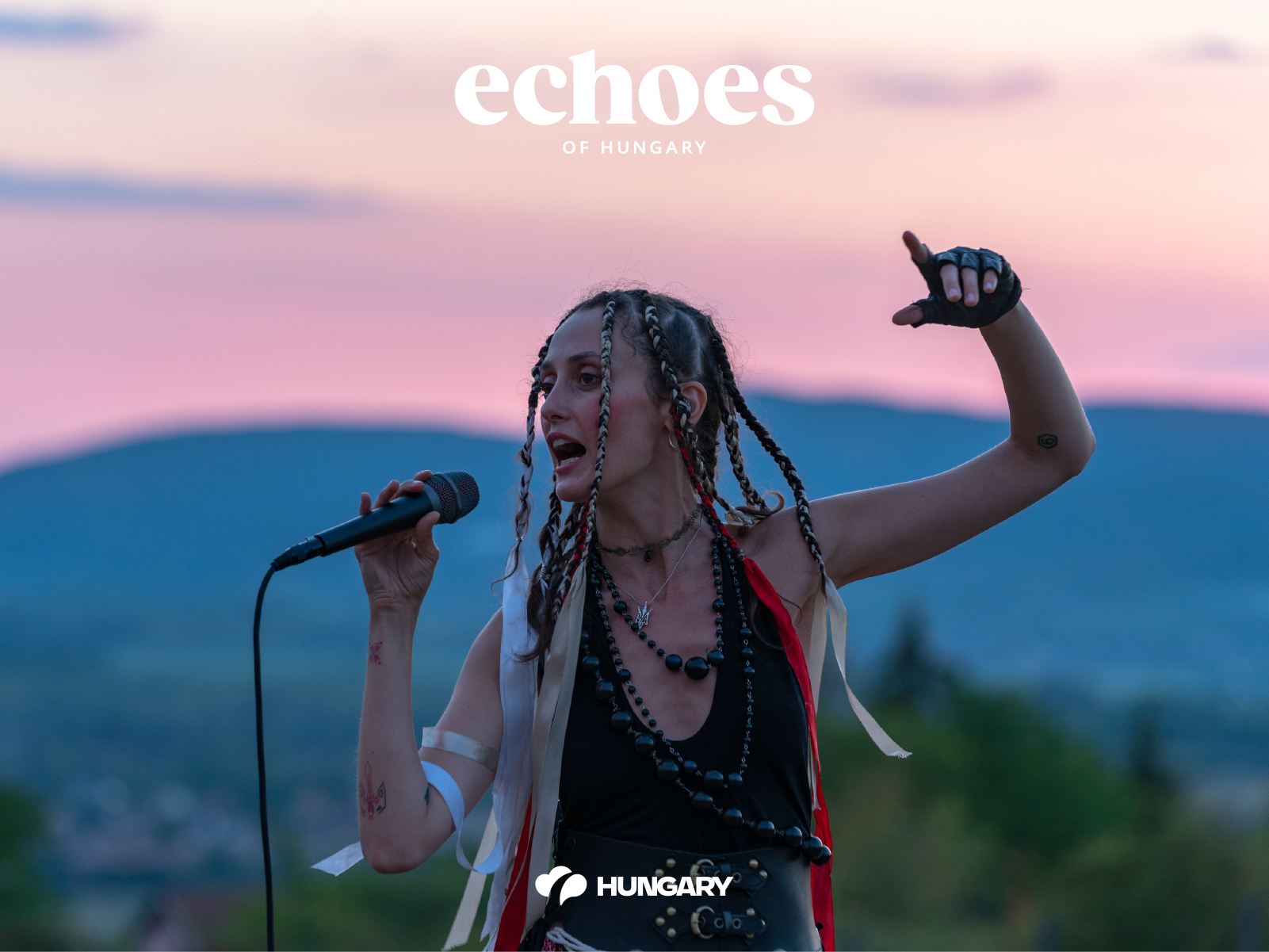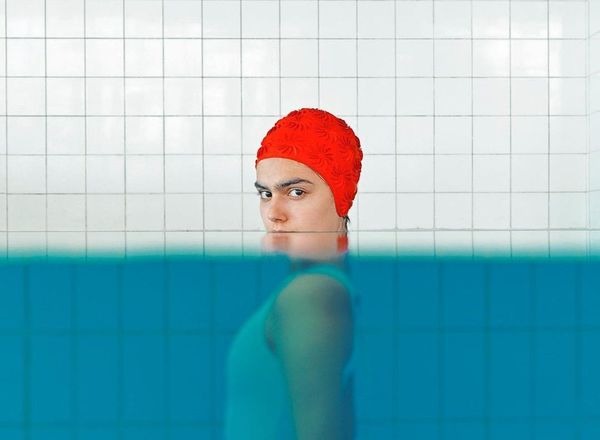The music of the 29-year-old Ukrainian singer and rapper is an ideal – and remarkably exciting – blend of tradition and modernity. With her two albums to date, she has demonstrated that she wants to be more than a promising up-and-comer, and is looking to break into contemporary pop music as a major player.
Your song Motanka begins with you counting in Hungarian (“egy, kettő, három, négy”, that is: one, two, three, four). What is this song about, and is there anything particularly Hungarian about it, besides the intro?
I come from Bushtyno, a village in Western Ukraine located right next to the Romanian border, but also very close to Hungary. It is a melting pot of many different traditions and languages. I do my best to bring my own local colour into our dialect, and this is something I try to do in my lyrics as well.
A motanka – which is what this song is about – is a ragdoll with magical powers, made by hand, without using a needle. Traditionally, the doll is faceless, and sometimes has a cross instead of a face. Motankas are always made with a specific purpose in mind: to grant a wish, or to help with a specific task.I really like this aspect of my culture, which is why I chose to include this bit of symbolism in my song, which is really about me and my superpowers, my character being much like your “Erős Pista” (spicy pepper paste).

Your music has an extremely modern and contemporary sound, while still including many authentic folk music elements, and this somehow works really well. Why do you feel it’s important to mix the two, to bring them together like this?
I feel that my mission is to prove – mostly to Ukrainian young people, but to the whole world as well – that Ukrainian folk music is more than just “old grannies singing ancient songs in a village” – which is how we were seen by the Soviet Union. I want to prove this cliché wrong. This is why all of my songs include a puzzle piece of Ukrainian culture, something I can combine with present-day aesthetics and a modern point of view.
Based on your music, I believe your inspirations come from two very different places: folk and pop music. Am I right?
That is correct, but there are also a number of important spices to add to the mix, such as hip-hop and rap. I do a lot of rapping in my songs, partly because I like rap, but also because it helps me share my feelings in a more compact and effective way. Rap is a medium that allows me to do this.
Tell us something about your early years: when, why and how did you become a singer? What was your main motivation? Maybe you did some dancing in the past? I saw you perform live, and you’re a great dancer.
When I was a kid, I was completely enchanted by Christmas holiday celebrations, mostly thanks to Ukrainian Christmas songs, which I adore. I have always considered Christmas the most magical time of year: a time when people come together to sing and hug and be happy.
After school, I felt that I was special in some way. That’s when I first took to the stage, and almost immediately I felt like I was grabbing the attention of all kinds of people who wouldn’t even give me the time of day previously. And I was able to look them in the eye, make them feel something. When I realised this, it was like a huge surge of adrenaline, it awoke a strong desire in me to follow the path of expressing my emotions. Even though I was rather shy. But whenever I stepped onto the stage, I travelled to a different dimension. So after finishing school, I decided to rise to the challenge and become a musician, a professional musical artist, so I could get as many people to pay attention to me as possible. Because I have something to say to the world, I have a message to convey.
At around the same time, I started dancing as well. I enjoy going clubbing and dancing on my own. The human body is an amazing tool for expressing emotions. I dance every time I get the chance.

You had a performance in Budapest not long ago where you were standing on the stage in the guise of some sort of kindly Slavic witch. Is this a role you deliberately adopted for yourself, or is it something that comes from deep within?
I was born this way, but being a witch is like playing the piano: you have to make an effort every day to be good at it. One night, two years ago, I suddenly got the feeling that my art was no longer just an expression of my talent, and I was capable of ascending to a higher level. I know how to transform my fears into energy. The little girl I once was, that little girl who could never sleep, is sleeping very well today.
Were you able to have a look around Budapest, and did you like the city? Or have you been here previously? I did spend some time in a camp in Budapest. I enjoyed it a lot, I like the city. My most memorable experience from that time was when we went to the circus. Wow! What a production! It felt like I was in some kind of fairy-tale. That was also my very first date, by the way. I was 10 years old.

Is environmental awareness just a marketing ploy?











